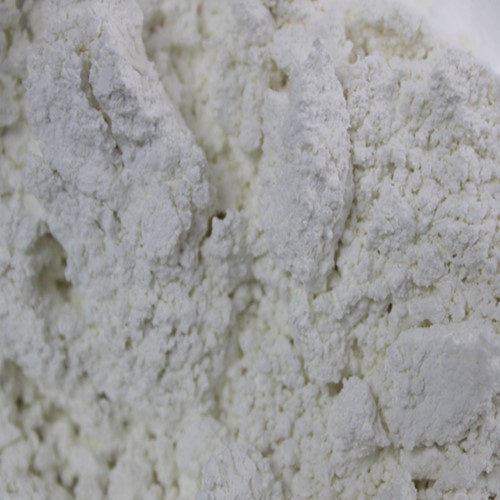Stanolone
| Name: | Stanolone |
|---|
Stanolone
Details:
CAS: 521-18-6
Synonyms: Androstanolone
Molecular Formula: C19H30O2
Molecular Weight: 290.44g/mol
Melting Point: 178-183 ºC
Suitable for: Adult
Appearance: White Crystal Powder
State: Solid
Assay: 99% Min
Product Description
Descriptions about Stanolone
Dihydrotestosterone (DHT), or 5α-dihydrotestosterone (5α-DHT), also known as androstanolone or stanolone, is an endogenous androgen sex steroid and hormone. The enzyme 5α-reductase catalyzes the formation of DHT from testosterone in certain tissues including the prostate gland, seminal vesicles, epididymides, skin, hair follicles, liver, and brain. This enzyme mediates reduction of the C4-5 double bond of testosterone. Relative to testosterone, DHT is considerably more potent as an agonist of the androgen receptor (AR).
Stanolone's Medical Uses
Stanolone is available in pharmaceutical formulations for medical use as an androgen or anabolic-androgenic steroid. It is used mainly in the treatment of male hypogonadism. When used as a medication, dihydrotestosterone is referred to as androstanolone or as stanolone, and is sold under brand names such as Andractim among others. The availability of pharmaceutical DHT is limited; it is not available in the United States or Canada, but is available in certain European countries. The available formulations of DHT include buccal or sublingual tablets, topical gels, and, as esters in oil, injectables like dihydrotestosterone propionate and dihydrotestosterone valerate.
Stanolone's Importance During Sexual Development
During male embryogenesis stanolone has an essential role in the formation of the male external genitalia, while in the adult male stanolone acts as the primary androgen in the prostate gland, seminal vesicles, skin, and hair follicles.
An example illustrating the significance of stanolone for the development of secondary sex characteristics is congenital 5α-reductase type II deficiency. This genetic mutation can result in pseudohermaphroditism. The condition typically presents with underdeveloped male genitalia and prostate. Males with this condition are often raised as girls due to their lack of conspicuous male genitalia. At the onset of puberty, although their DHT levels remain very low, their testosterone levels elevate normally. Their musculature develops like that of other male adults. After puberty, men with this condition have a large deficiency of pubic and body hair and reportedly no incidence of androgenic alopecia (pattern hair loss).They also reportedly have no incidence of prostate cancer.
Unlike other androgens such as testosterone, DHT cannot be converted by the enzyme aromatase into an estrogen like estradiol. Therefore, it is frequently used in research settings to distinguish between the effects of testosterone caused by binding to the AR and those caused by testosterone's conversion to estradiol and subsequent binding to and activation of estrogen receptors.
Effect of Stanolone
Stanolone can be used as pharmaceutical material. Its main function is to promote metabolism. Anabolic effects include growth of muscle mass and strength, increased bone density and strength, and stimulation of linear growth and bone maturation. It doesn't metabolize in the body long enough to make it to the muscles.
The main androgen which is secreted by the testes is of course testosterone. However, in most of the body, the androgenic sign is not carried through by testosterone. In these tissues including brain (CNS), skin, genitals - practically everything but muscle - the active androgen is actually dihydrotestosterone (DHT).
Stanolone is use for chronic wasting disease, osteoporosis, severe infection and trauma, burn, etc caused by the negative nitrogen balance, promote the growth of premature infants and immature, etc. The fracture is not easy to heal. Hypercholesterolemia and postpartum depression can also be used.
Basic Test For Stanolone
|
Description
|
White Powder |
|
|
Tests |
Analysis Standard |
Results |
|
Identification |
Conform |
Conform |
|
Heavy metals |
≤10 ppm |
Conform |
|
Specific Rotation |
+27º |
+27º |
|
Chromatography Purity |
Conform |
Conform |
|
Melting point |
173~ 183ºC |
174.5~182.2ºC |
|
Organic Volatile Impurities |
Conform |
Conform |
|
Loss On Drying |
≤0.5% |
0.15% |
|
Residue On Ignition |
0.1%max |
0.06% |
|
Assay |
98.0%min |
99.18% |
RETATED PRODUCTS:
Related Products
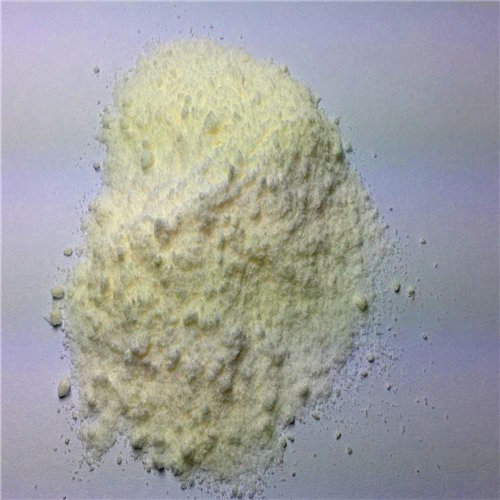
Testosterone Acetate
Testosterone Acetate, Test ace
Read more >>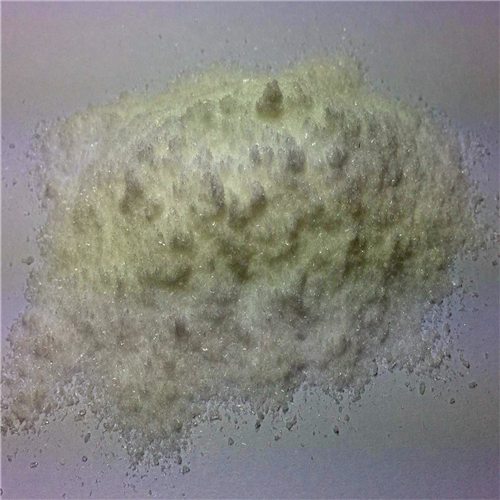
Testosterone Propionate
Testosterone propionate, test prop
Read more >>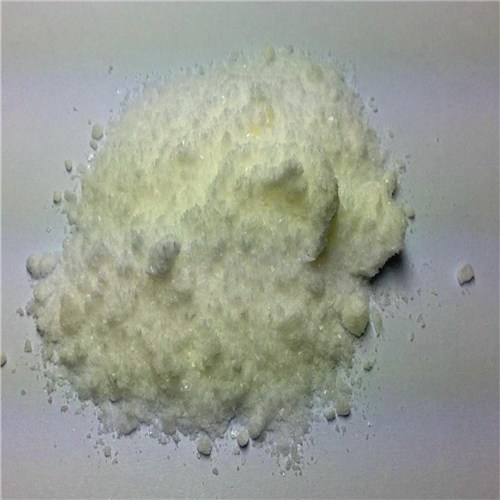
Testosterone Enanthate
Testosterone Enanthate, test e, test enan
Read more >>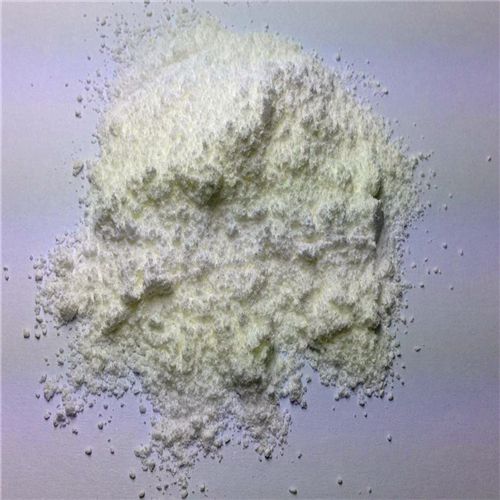
Testosterone Cypionate
Testosterone Cypionate, Test Cyp
Read more >>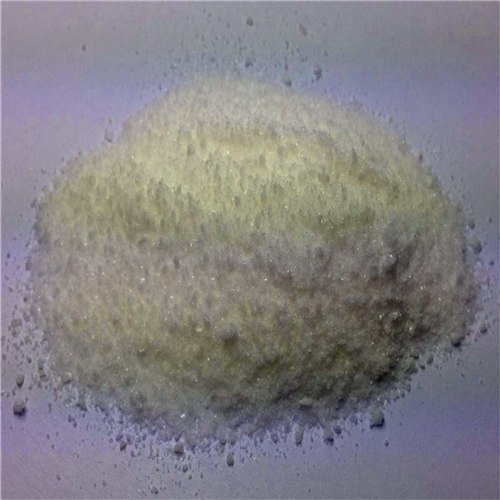
Testosterone Phenylpropionate
Testosterone Phenylpropionate
Read more >>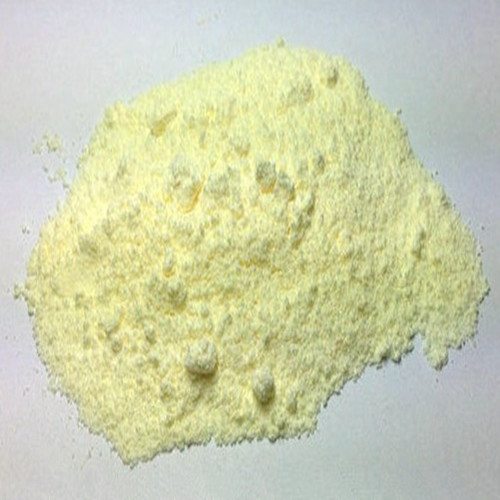
Testosterone Base
Testosterone Base,Tes
Read more >>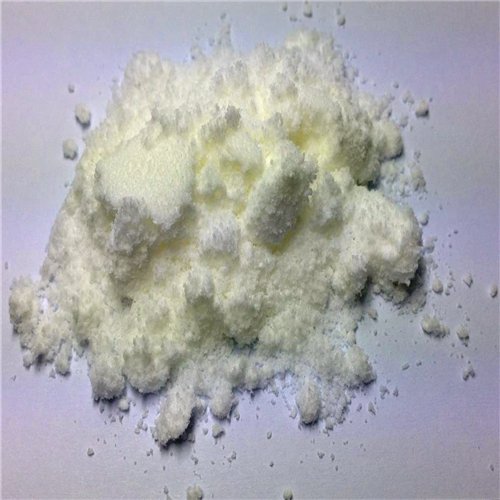
Testosterone Decanoate
Testosterone Decanoate
Read more >>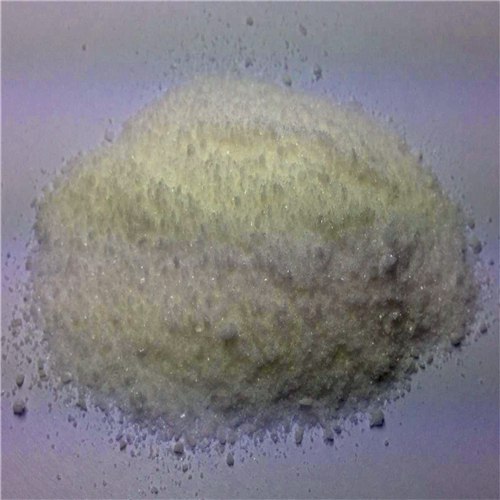
Testosterone Isocaproate
Testosterone Isocaproate
Read more >>


